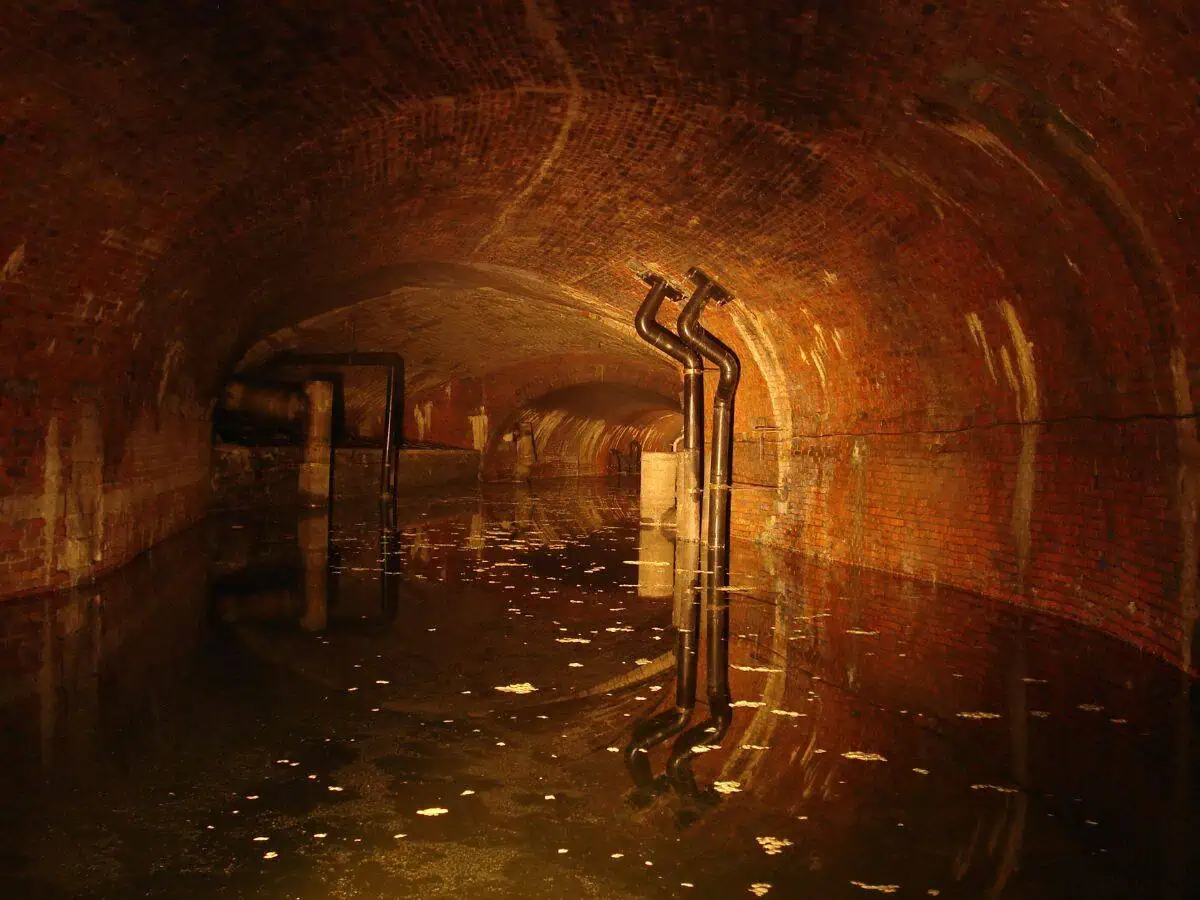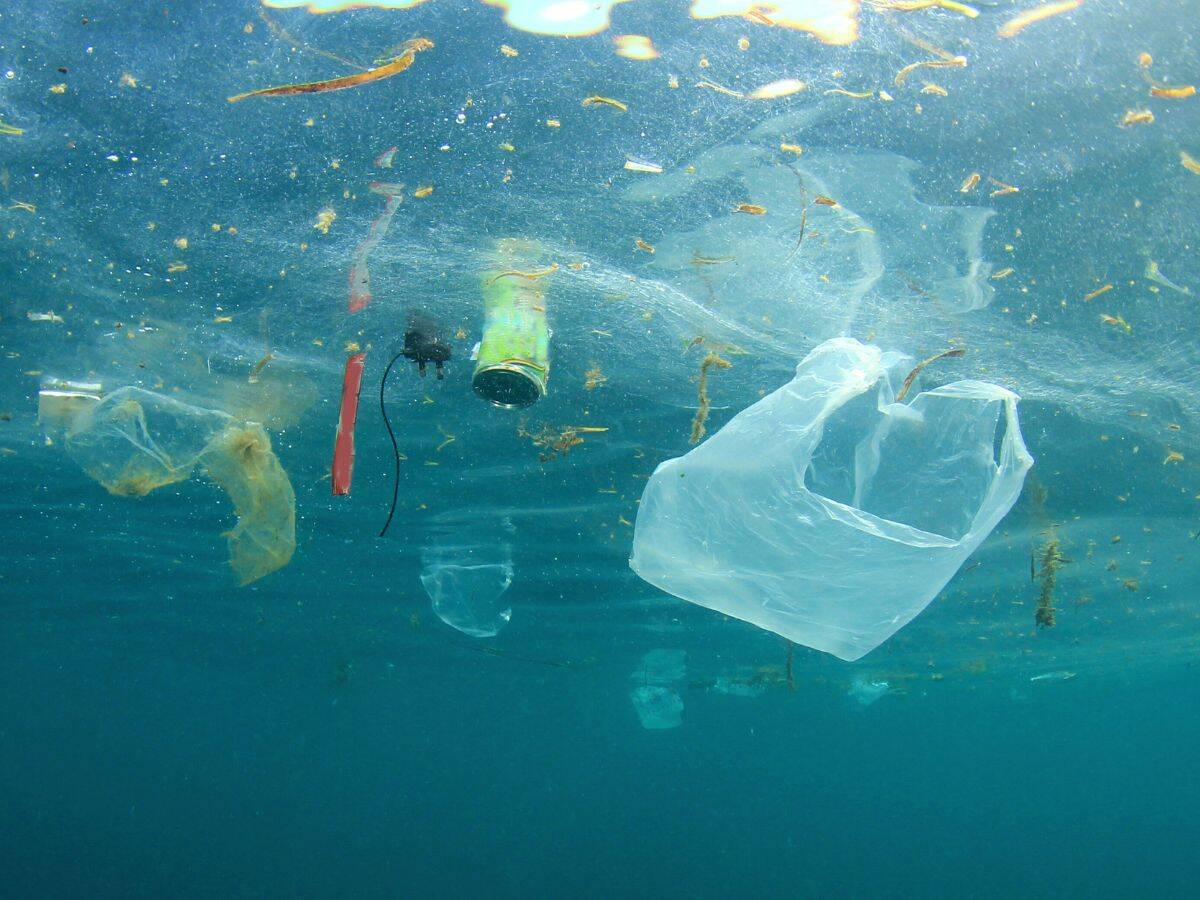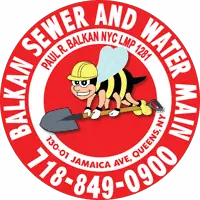The purpose of a sewer extends far beyond just whisking away waste – it’s actually the backbone of modern civilization.
The Evolution of Sewage Management
With the sewer, its purpose wasn’t always clear to early civilizations. The ancient Romans had a go at it with their well-known Cloaca Maxima. However, most people just disposed of their waste anywhere that was convenient (like on a public street!). Not exactly a great plan.
From Cesspits to Modern Solutions
Remember that scene in historical films where people dump chamber pots into the street? People really did that up until surprisingly recent! In fact, the “Great Stink” in London in 1858finally forced politicians to get really serious about sewage management! It helps to get people to change when you can smell raw sewage all the way from from Parliament!
It does help to note that ordinances stopping “chamber pot tossing” date back as far at the 1600s, so societies were becoming aware long before the 1800s.
But even with the advancements, the purpose of a sewer became very clear during the Industrial Revolution. Cities were growing, diseases were already spreading, and something had to change!
This is when Joseph Bazalgettedeveloped a revolutionary sewer system in London that saved countless lives – although I have a feeling he never made it to the dinner party.
The industrial revolution was also time when many public bodies of water became contaminated, and the associated wildlife and ecosystem were damaged or killed off for generations.
Core Components and Processes of Sewer Systems
A sewer system has multiple core components and systems that make it work.
Collection Networks
The sewer system is the city’s underground detox network—a web of pipes and pumps that wash toxins away and scrub the water clean before it re-enters nature. It’s designed to take waste from thousands of places (residential plumbing, underground sewer pipes, manholes, etc) and move that waste to a processing facility. It’s actually pretty incredible engineering when you think about it.

Treatment Facilities
These are not just colossal tanks of… well, you guessed it. But modern treatment facilities are sophisticated processes that use biological, chemical, and mechanical processes. A sewer treatment facility takes dangerous waste and converts it into water that is safe and reusable.
Some fun facts (if you can call sewage facts “fun”):
- The average person generates about 320 pounds of excrement annually1
- Treatment plants remove everything from wet wipes to jewelry (seriously, stop flushing those!)
- Modern facilities can even generate energy from waste processing

Force Mains
Force mains are pressurized pipes that pump stations use to convey wastewater uphill or across long flat distances to treatment plants or gravity flow points. They transport pumped flows under pressure.
Preliminary Treatment
Preliminary treatment removes debris, sand, gravel and fats/oils that would damage equipment or clog pipes downstream. Screens filter out rags, plastics and large objects. Grit chambers and vortex separators remove abrasive inorganic particles.
Primary Treatment
Primary treatment uses gravity to settle out solids as primary sludge, including heavier organic particulates. Large clarifiers and sedimentation tanks allow about 50% of suspended solids to be removed.
Secondary Treatment
Secondary treatment uses biological processes to breakdown organic matter. Methods like activated sludge, trickling filters, and rotating biological contactors help remove 90% of organic matter through microbial digestion.
Tertiary Treatment
Tertiary treatment uses advanced methods like filtration, reverse osmosis, nutrient removal, and disinfection to remove residual organics and meet discharge regulations. Produces very high quality effluent.
Solids Handling
Solids handling processes thicken, stabilize, and reduce the volume of sewage sludge. Steps include thickening, anaerobic digestion, dewatering, and disposal. Digestion reduces pathogens and generates methane gas.
Disinfection
Disinfection kills remaining pathogens in wastewater effluent before discharge into receiving waters. Methods include chlorine, ultraviolet radiation, ozone, and others. Ensures treated sewage does not spread diseases.
Effluent Discharge
Treated wastewater effluent is discharged into bodies of water through outfall sewers, pipes and diffusers. Diffusers mix and dilute the effluent for minimum environmental impact.
Monitoring System
Automated sensors, meters, SCADA systems monitor sewage flows, tank levels, equipment status, and water quality in real-time. Provides data for preventative maintenance and operational control.
Do Public Sewer Systems Contribute to Public Health?
This is where things get serious. The purpose of a sewer system isn’t just convenience – it’s literally saving lives. Before modern sanitation, cholera and typhoid were regular visitors to urban areas. One particularly nasty outbreak in 1866 London killed thousands. Guess where it didn’t hit? Areas connected to Bazalgette’s new sewer system.
Disease Prevention
Proper sanitation isn’t optional. One failing system can contaminate groundwater and create a public health nightmare. The purpose of a sewer includes protecting drinking water sources – something we take for granted until it goes wrong.
Environmental Impact and Protection
The purpose of a sewer extends to protecting our ecosystems. When systems fail or overflow, it’s not just unpleasant – it’s devastating to local wildlife and water quality.
Sustainability Aspects
Modern systems are getting smarter about resource recovery. We’re talking:
- Biogas generation from waste
- Fertilizer production
- Water recycling
- Energy recovery
Economic Considerations
Let’s talk money (everyone’s favorite topic). The purpose of a sewer system might be primarily sanitary, but it has major economic implications. Property values? Property values absolutely tank when sewage systems fail.
Infrastructure Costs
Installing and maintaining sewer systems isn’t cheap. We’re talking millions for major urban projects. But compare that to the cost of disease outbreaks or environmental damage… suddenly it seems well worth the cost. To illustrate the cost, in NYC, a property owner’s sewer bill is actually higher than their corresponding water bill.
Regulatory Framework
Regulations exist for good reason. The purpose of a sewer system has to meet strict environmental and safety standards. Trust me, you don’t want unregulated sewage management – we’ve seen the results.
Future of Sewer Systems
Smart sensors, automated maintenance, even waste-to-energy systems that power cities. The purpose of a sewer is evolving beyond basic sanitation.
Innovation on the Horizon
We’re seeing some wild developments:
- Self-healing pipe materials
- Real-time monitoring systems
- Advanced resource recovery methods
- AI-powered maintenance prediction
Conclusion
The purpose of a sewer might seem obvious, but it’s actually pretty complex. From public health to environmental protection, these systems quietly keep our civilization running. Next time you flush, spare a thought for the engineering marvel making it possible.
And please… stop flushing wet wipes. This is not a drill. They’re the bane of every plumber’s existence, no matter what the package claims!






